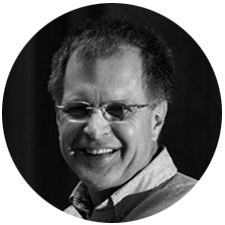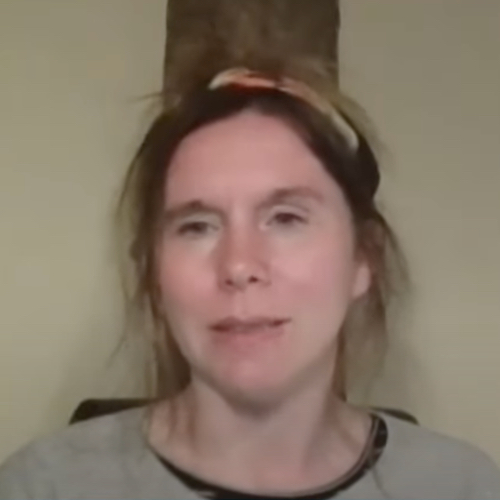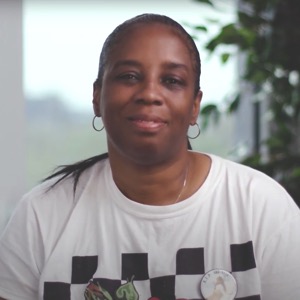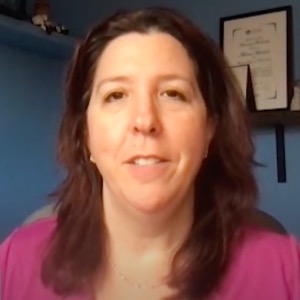My second orthopedic surgeon began each day’s medical record with the phrase “Patient Kerry O’Connell is a very personable 48 year-old male with a very complicated arm.” I grew pretty fond of that brief summary of my life. My complications started when I fell off a ladder painting my house and dislocated my left elbow. The dislocation included a fractured radial head and a displaced coronoid process. Years later, I would learn that surgeons call this injury “the terrible triad of the elbow” or in orthopedic slang, just “triad”. The ominous name comes from some very poor rates of successful outcomes.
My first surgery was a medical disaster. The surgeon elected to use an off-label configuration of an external elbow fixator to save 30 minutes on a late Friday afternoon. The configuration placed his drill directly over my radial nerve. He then decided to use small ½ -inch long incisions, which didn’t allow him to see the nerve. The assistant holding the soft tissue guide didn’t keep it tight to the bone; my nerve slid under the guide and wrapped around the spinning drill bit, grinding about four inches of the nerve into mush. One third of the muscles in my left arm became permanently paralyzed. My doctor couldn’t muster the courage to tell me what had happened. We tinkered with electrical stimulation and physical therapy for four months to no avail. Eventually I consulted four other doctors who all told me I needed a nerve graft.
I found a new doctor who transplanted the sural nerve from my left calf into my left arm. Unfortunately long nerve grafts like mine seldom work. Months later we decided to clean the scar tissue out of my elbow to restore supination and pronation. We had a very aggressive post-surgery therapy plan that involved placing my arm in a continuous passive motion machine that would bend my arm back and forth 24 hours a day for a week. The surgery seemed to go well. The range of motion was great. I noticed that a surgical drain tube that came out of my arm just above the elbow was only secured with a piece of gauze. It slid in and out of my bending arm for three days then fell out. This seemingly minor infection which took four debridement surgeries and two months of Vancomycin to kill off. A month after the infection was gone, I rolled back into the OR for last-chance tendon transfer surgery, which thankfully worked pretty well.
Looking back over my two-year ordeal, I am stuck by the profound contrasts I found within the medical profession. I was privileged to meet dozens of competent, kind, and compassionate people who taught me many wonderful lessons in life. Yet I also experienced a handful of the most brutal individuals I have ever known, who caused emotional wounds so deep that they may never fully heal. I told this sad tale to the chief medical officer of a local hospital who replied that he had never met another person who had complicated arm for a reason. It has taken a few years to figure that reason out but I now spend a great deal of my time promoting infection control, helping wounded patients, and promoting compassion and empathy within the healthcare industry. Along the way I have been privileged to meet dozens of fellow wounded patient advocates who are making a profound difference in this world. The bottom line is, perhaps non-fatal medical errors can have the unintended side effect of extreme personal growth.







